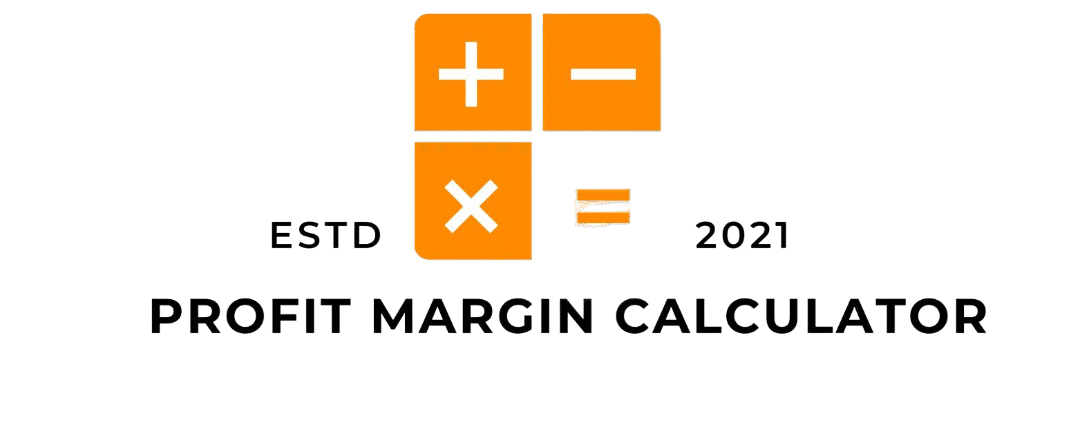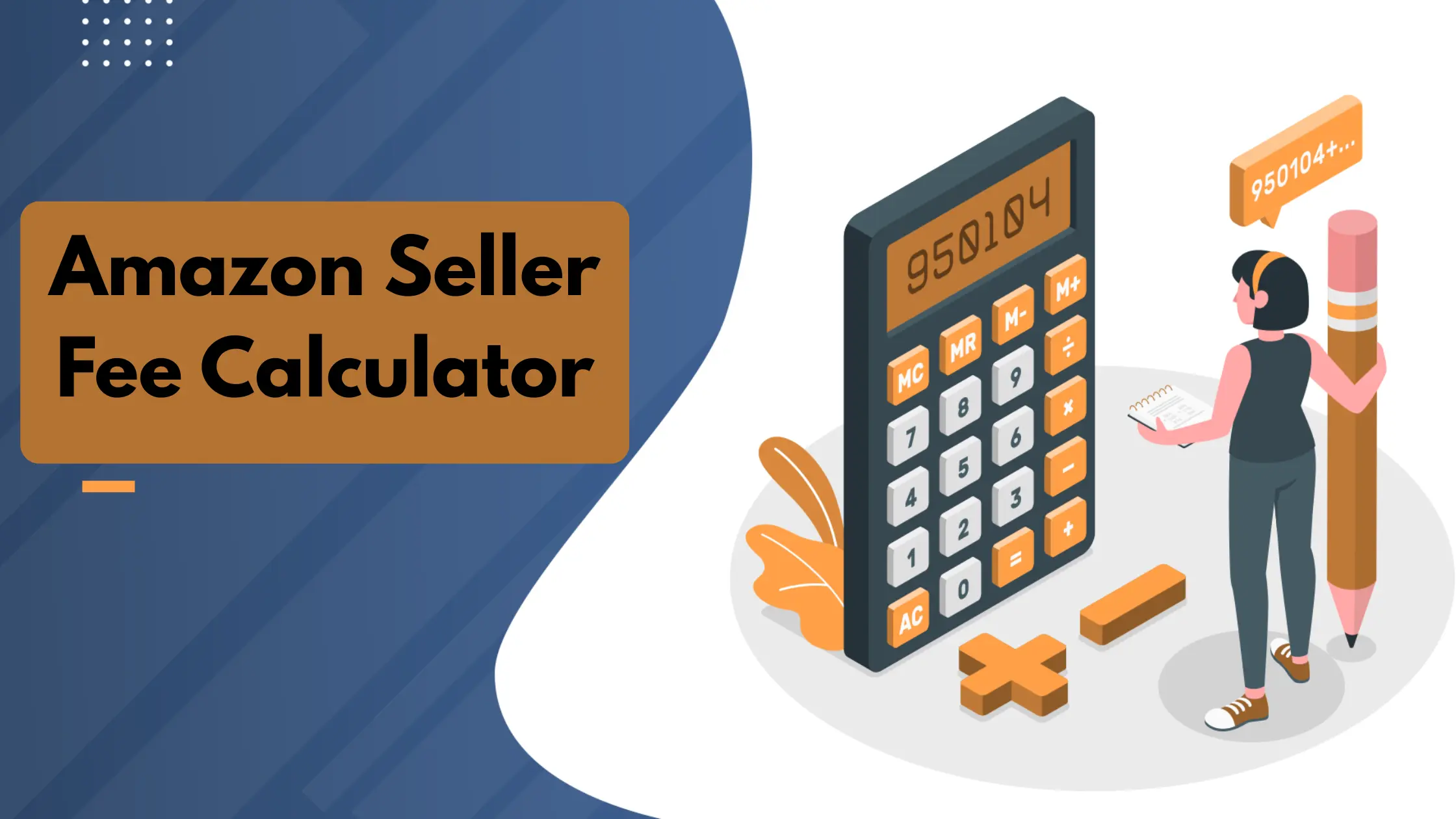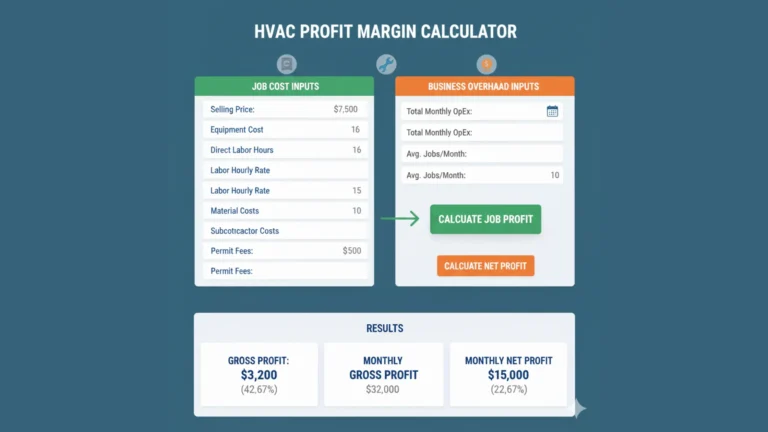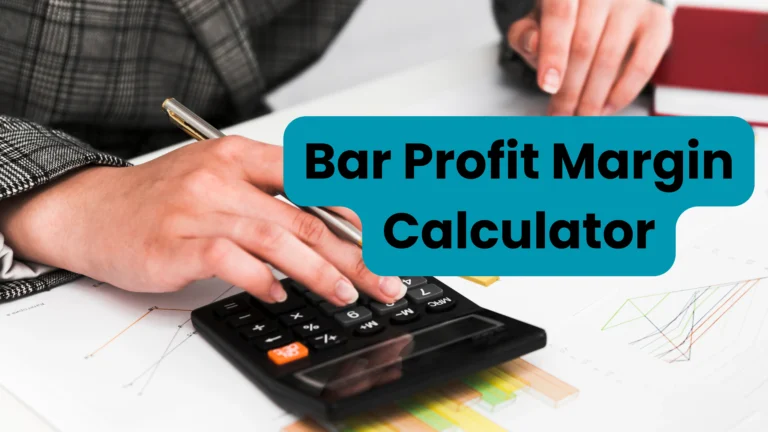Here’s the truth about selling on Amazon: most sellers don’t lose money because their products are bad. They lose money because they underestimate Amazon’s fees. You think you’re earning $10 per sale, but after referral fees, FBA fees, storage fees, packaging costs, and advertising? That $10 suddenly turns into $2—or worse, a loss.
That’s where the Amazon Seller Fee Calculator comes in. It doesn’t just show your margins—it reveals the actual cost of selling on Amazon so you can price your products intelligently, scale safely, and avoid getting blindsided by hidden fees.
Let’s break it down and make this simple.
What Is an Amazon Seller Fee Calculator?
An Amazon Seller Fee Calculator is a tool that shows you how much you really make after Amazon takes its cut. Amazon doesn’t operate like a normal ecommerce platform. There are layers of fees depending on category, weight, size, fulfillment method, and even customer returns.
A proper calculator includes:
- Referral fee
- FBA fulfillment fee
- Storage fee
- Closing fee (for certain categories)
- Shipping cost (if FBM)
- Returns fee
- Advertising cost per sale
- Amazon refund administration fee
- Packaging and prep costs
Once everything is added, you see your true net profit and profit margin percentage.
If you’re serious about selling on Amazon, this tool isn’t optional anymore—it’s your safety net.
Understanding Amazon’s Fee Structure (Without Getting Lost in the Details)
Amazon fees can feel complicated because they vary based on category, size tier, season, and fulfillment type. Here’s a simple breakdown.
1. Referral Fee
Amazon charges a percentage of your selling price.
Most categories range between 8% and 15%.
Examples:
- Electronics: 8%
- Clothing: 17%
- Beauty: 15%
This is automatic. You don’t get a choice.
2. FBA Fulfillment Fees (if you use Amazon FBA)
This is Amazon’s fee for storing, picking, packing, and shipping your product.
Based on:
- Size tier (standard vs large)
- Weight
- Packaging requirements
FBA fees can range from $3 to $8+ per unit depending on size.
3. Storage Fees
Amazon charges storage based on cubic feet.
Two seasons:
- Regular (January–September)
- Peak (October–December — much more expensive)
Long-term storage fees apply after 181 days.
4. Closing Fees (Media Products)
Books, DVDs, music, and certain categories have extra fees.
5. FBM Shipping Costs (if you fulfill orders yourself)
If you’re FBM (Fulfilled By Merchant), you pay for shipping.
If you’re FBA, Amazon handles it.
6. Return Fees
If Amazon issues a refund, you often still pay something. There is usually a “refund administration fee.”
7. Advertising Costs (PPC)
This is the real margin killer.
If your ACOS is high, your margin drops fast.
If you don’t include advertising costs in your calculations, your numbers will lie.
Why You Need an Amazon Seller Fee Calculator
Here’s the thing: Amazon fees don’t operate in isolation—they stack. By the time all fees are deducted, your product may not be profitable anymore.
An Amazon Seller Fee Calculator helps you:
1. Price your products correctly
You’ll know exactly how low you can go without losing money.
2. Estimate profit before launching a product
Avoid wasting time on unprofitable products.
3. Compare suppliers based on real margins
Small cost differences change everything.
4. Manage your ad budget smarter
You’ll know the maximum ACOS you can afford.
5. Evaluate FBA vs FBM instantly
Sometimes FBA is cheaper. Sometimes FBM wins. A calculator makes it obvious.
6. Make clear, data-backed decisions
No guessing. No surprises.
How to Use an Amazon Seller Fee Calculator Step by Step
You don’t need to be a numbers person to get value out of it. Follow this simple workflow:
Step 1: Enter the Product Selling Price
This is your list price before discounts or coupons.
Step 2: Add Product Cost
Manufacturing cost, wholesale cost, or cost from your supplier.
Step 3: Select Your Category
The referral fee changes based on category, so this matters.
Step 4: Choose FBA or FBM
If FBA, add weight and dimensions.
If FBM, add your shipping cost.
Step 5: Add Packaging Cost
Labels, bags, boxes—everything counts.
Step 6: Add Monthly Storage Estimate
This is optional but useful for FBA.
Step 7: Add Advertising Cost per Sale
Your cost per acquisition. This is crucial.
Step 8: Generate Results
You’ll instantly see:
- Amazon referral fee
- FBA fee
- Total cost
- Net profit
- Profit margin (%)
- Break-even price
- Price floor (minimum safe selling price)
This is exactly how top Amazon sellers make decisions without guessing.
Real Example: Profit Calculation Before You Launch
Let’s say you want to sell a small electronic accessory at $25.
Your costs:
- Product cost: $8
- Packaging: $0.40
- FBA fee: $3.80
- Referral fee (8%): $2
- Storage fee: $0.15
- Advertising cost per sale: $3
Total cost: $17.35
Profit per unit: $7.65
Profit margin: 30.6%
Looks good, right?
Now imagine your ACOS jumps from $3 to $5.
Your profit drops to $5.65 and margin to 22.6%.
This is why calculators matter—you immediately see how one variable changes everything.
Common Mistakes Amazon Sellers Make When Calculating Profit
1. Ignoring FBA size-tier changes
If your product moves into a higher size tier, your margins can collapse overnight.
2. Forgetting returns
Returns are expensive. Always account for them.
3. Ignoring long-term storage fees
Products sitting too long cost money.
4. Not tracking ad cost per sale
Your ACOS can make or break your margins.
5. Only checking “profit per unit” instead of “profit per month”
Cash flow matters as much as margin.
When Should You Use an Amazon Seller Fee Calculator?
Use it when:
- Evaluating new product ideas
- Comparing suppliers
- Setting price strategy
- Checking profitability during ad campaigns
- Testing discount strategies
- Deciding between FBA and FBM
- Preparing for Q4 (fees increase)
Top sellers use this tool weekly. New sellers should use it before they ever launch.
Final Thoughts
If you want to succeed on Amazon, you can’t rely on hope, big revenue screenshots, or gut feelings. You need clarity.
An Amazon Seller Fee Calculator gives you that clarity.
It shows you the exact truth behind your margins, helps you make smarter decisions, and keeps your business safe from hidden fees that quietly erode your profit.
One tool.
One calculation.
A completely different level of control over your Amazon business.




